The problem with the whole Android vs. iPhone argument is that it’s like fighting between a Chevy and a Ford in a parking lot at two in the morning after your car’s battery failed. No one is truly incorrect, yet everyone believes they have the truth. I have used both for a long time, Androids that gave me freedom like a half-broken wrench I could always “fix” myself, and iPhones that felt polished but stubborn, like a pristine socket set that refuses to fit the one bolt you actually need.
In 2025, which should you pick? It all comes down to what you want out of a phone: polished predictability or endless customizability.
Android vs iPhone Usability: Which Is Easier to Live With in 2025
I have to say that iPhones continue to do a good job of playing the “just works” card. Most of the time, it is predictable and smooth. As soon as you take it out of the package, it instantly connects to your grandmother’s Wi-Fi, your car’s CarPlay, and your earphones.
But Android? That’s the tool kit you modified with duct tape and hope. In 2025 there’s a wild range from rugged battery champs to sleek foldables that open like a mini garage door in your palm. The foldable phone comparison in 2025 is a whole other topic. It’s a testament to the open Android ecosystem.
The latest foldables, like the Google Pixel 10 Pro Fold and the Samsung Galaxy Z Fold 7, are big players, with Samsung even offering a 7 year update promise on some devices. Apple is still watching from the curb, polishing glass, but analysts from TrendForce and others are saying Apple will start production on their own foldable in late 2025 or early 2026, but a release won’t be until 2026.
My friend’s iPhone died midway to Vegas on a road trip, but my Samsung was able to survive. While I was contentedly streaming old rock playlists, he spent half the drive looking for outlets at petrol stops. (However, to be fair, when we eventually arrived, he took better pictures of the neon lights; more on that later.) That is the fundamental distinction: Android gives a vast array of gadgets to suit any need, whereas Apple offers a flawless, predictable experience.
Android vs iPhone Camera: Which Takes Better Photos in 2025
Here’s where people get religious. The android vs iPhone camera debate is like asking “who makes the best truck?” You’ll get wild stories, arguments and way too many blurry pictures in your face.
Honestly? If you want consistency like, pull out your phone, snap and trust it won’t look like Bigfoot photography iPhone still wins. Apple’s whole “point and shoot simplicity” thing is like a reliable set of jumper cables that always work. The iPhone 17 Pro’s new 48-megapixel telephoto lens and 24-megapixel front facing camera and new “Camera Control” button are all about that reliability.
Flagship phones are providing better picture-clicking experience these days but they’re lacking in video capturing where the iphone clearly wins Android may have its moments, when it strikes, it makes a significant impact. It has a cinematic quality. The Pixel 10 Pro has AI-powered capabilities like Camera Coach and Gemini improvements, a 100x zoom, and magnetic PixelSnap charging. Google’s computational photography makes night scenes look like something out of Blade Runner.
However, when I attempted to take a picture of my lunch burrito, it appeared to be abstract art. So, yes, there are highs and lows. Even though the Pixel 10 Pro’s triple camera system which includes a 50MP primary sensor and 48MP ultrawide and telephoto lenses may have spectacular hardware, the software processing of some images can still be inconsistent.
Android vs iPhone Price Comparison 2025: Which Is the Better Deal
The iPhone vs. Android debate becomes more complex at this point. How much is Apple pricing? It’s high, indeed. It has always been. Even in 2025, getting an oil change still feels like paying dealership prices. You’re paying into the entire “environment,” including the name and polish.
On the other hand Androids are like the used car market there is something for every budget. You can spend over $1,600 on a premium foldable like the Galaxy Z Fold 7, or snag a capable mid-range device like the Google Pixel 9a for under $500. For those on a tighter budget, you can find a solid phone from a brand like Samsung’s Galaxy A-series or Motorola’s Moto G-series for as little as $150.
According to Counterpoint Research, about 71% of global smartphones are Androids, with iPhones making up around 28% but in the U.S, Apple still rules with roughly 55% of the market. So when that Android vs iPhone Value survey says Android feels like the better deal, it makes sense: more variety, more pricing tiers, and way less sticker shock.
Android vs iPhone Battery, Privacy & AI Features in 2025: What’s Under the Hood
Android vs iPhone battery life? Androids take the win right now. Phones like the Pixel 10 Pro Fold come with a 5,015 mAh battery claimed to run over 30 hours of regular use, even 85 hours in extreme battery saver mode. After a year or so, my last iPhone Pro began to drain like an old flashlight that had been placed in a glovebox. The iPhone 17 Pro Max, in the meantime? According to leaks, it might have a capacity of around 5,000 mAh, with a target of over 35 hours of use. In contrast, the smaller iPhone 17 Air may just barely surpass the 2,800 mAh limit. In summary, although the iPhone is catching up, high-end Android smartphones continue to have the longest average battery life.
And then there are the Android vs iPhone AI features. Siri has gotten smarter in 2025 but it is still slower than the Gemini. Meanwhile Android AI isn’t just a novelty, it’s proactive. With the Tensor G5 chip the Pixel 10 brings:
- Magic Cue: pulls your flight info, calendar and maps into conversations.
- Camera Coach: gives real-time framing tips.
- Voice Translate: translated calls in the speaker’s own voice.
- Journal AI and Take a Message transcriptions are on-device, fast and context-aware.
Meanwhile Apple’s iOS 26 with Apple Intelligence is trying to catch up, bringing:
- Adaptive Power: AI-driven battery optimization.
- Visual Intelligence: scan screen content and take action across apps.
- Siri overhaul: smarter context awareness, LLM-powered queries.
- Upgraded Messages and Phone with live translation, voicemail summaries and polls. Plus expanded Genmoji and creative tools.
Resale and Longevity: Why iPhones Hold Value Better
You have seen the meme iPhones sell for more later. Not just hype: consistent hardware design, predictable software updates, and cult-level loyalty help. iPhone users often keep the ecosystem intact longer, resale platforms accept them faster, and there’s a second-hand demand that non-Apple phones rarely match.
Android vs iPhone Popularity in 2025: What Are People Actually Using
Androids are more popular than iPhone globally. How many people have iPhones vs Android? Roughly 3 out of 4 smartphones worldwide run Android, but in North America, iPhones are everywhere and then there is meme culture: the android vs iphone meme makes Android users look like bargain hunters and iPhone users like brand loyalists. Both caricatures, both a little true.
Should You Buy an Android or iPhone in 2025? Final Verdict
If you want simplicity, better camera and resale value, iPhone’s your ride. If you want variety including those foldables everyone’s talking about and better value for money, features and AI features.
At the end of the day it’s not about specs, it’s about which one won’t let you down when you’re already late, low on gas and your charger’s tangled under the seat.
Don’t just pick what’s popular, pick what’ll survive your life. If you’ve got stories good, bad or just ridiculous about your own Android or iPhone, share them. I’d love to hear if your phone ever saved your bacon… or left you stranded like mine did that one time.

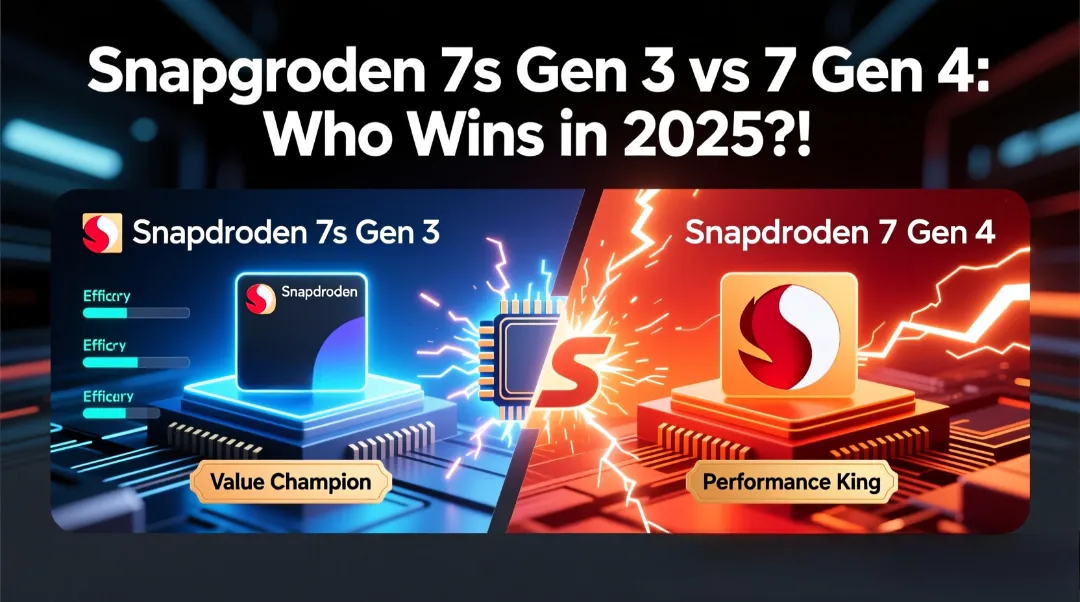
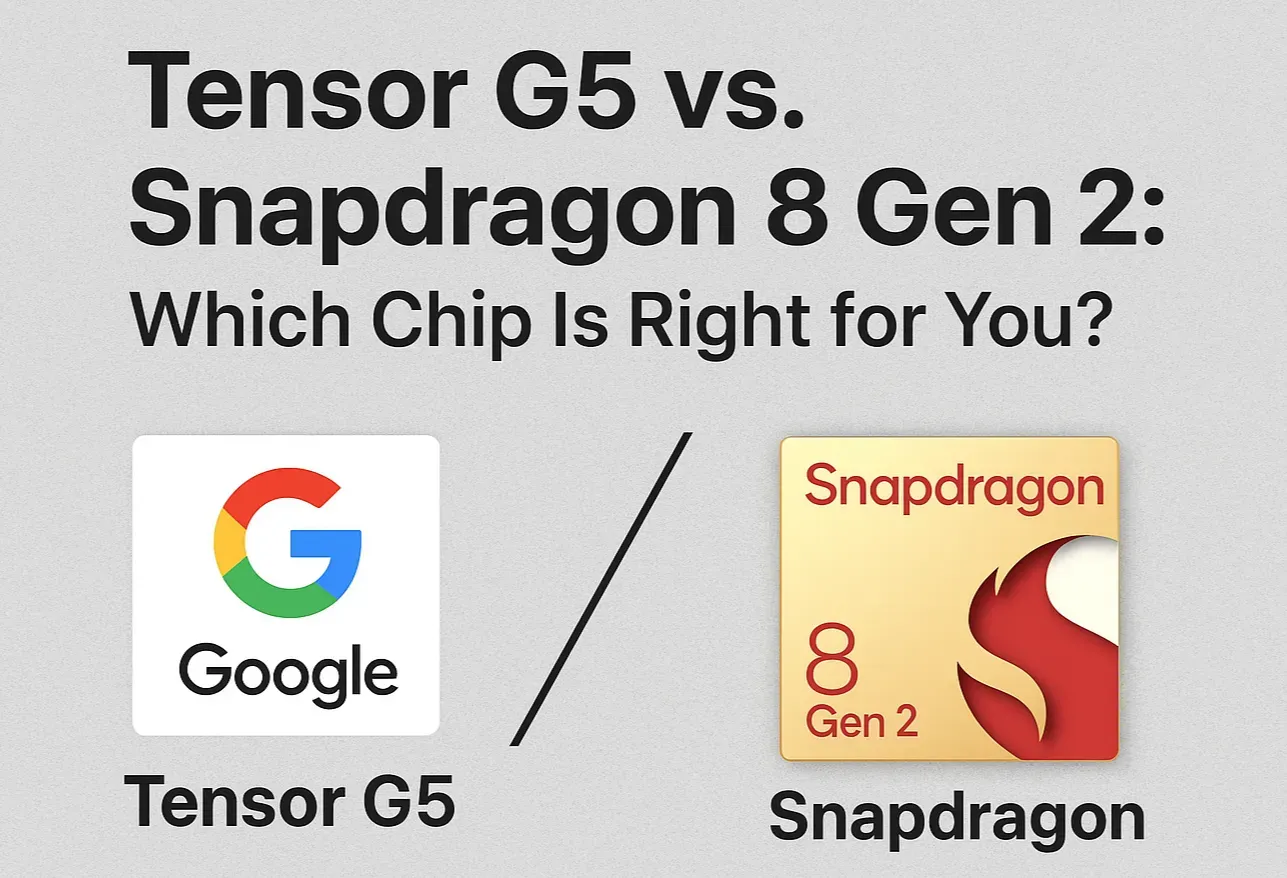


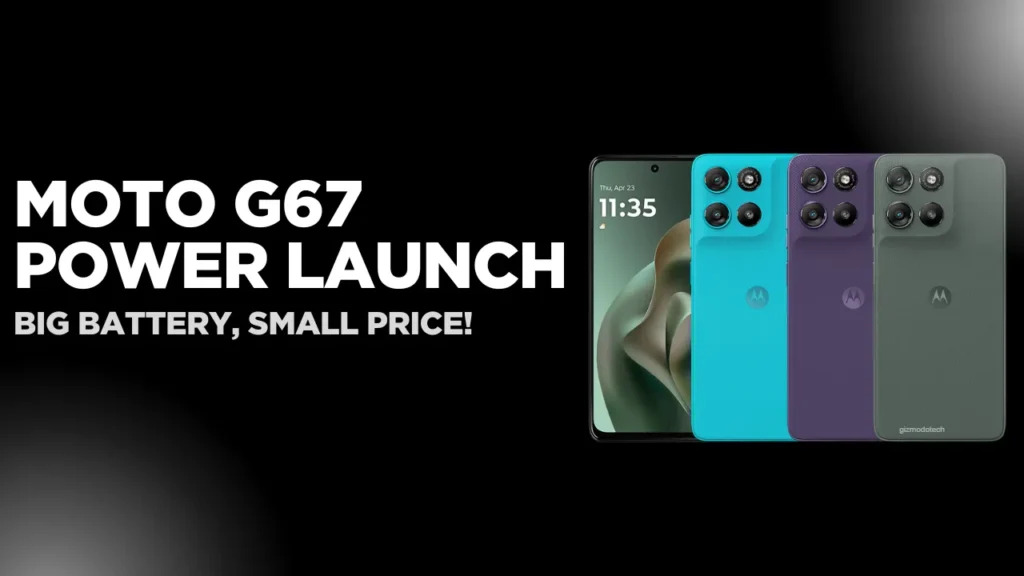

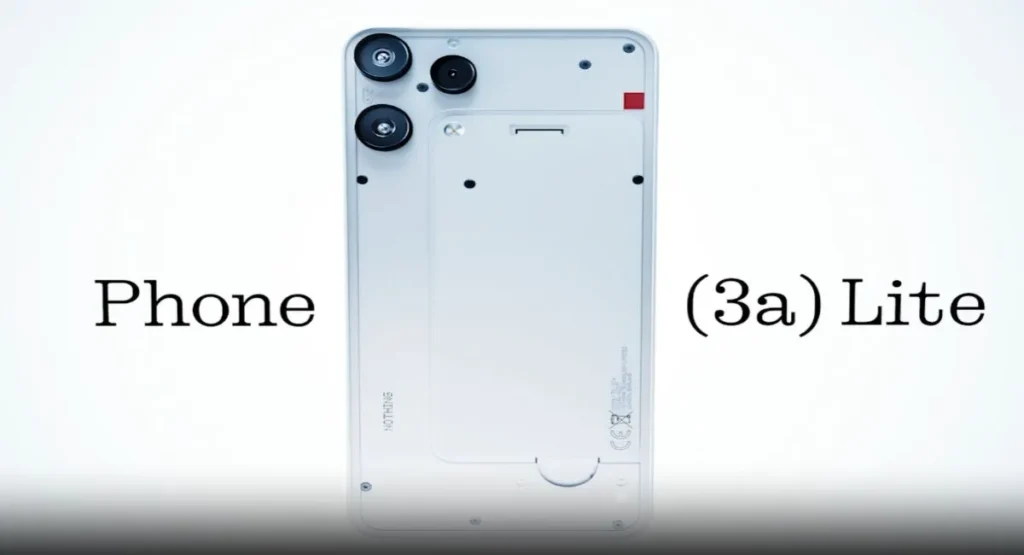


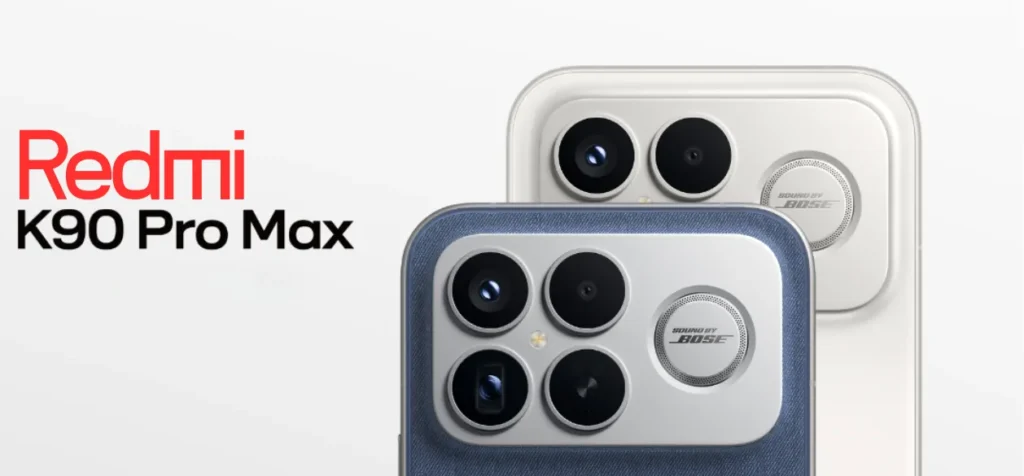
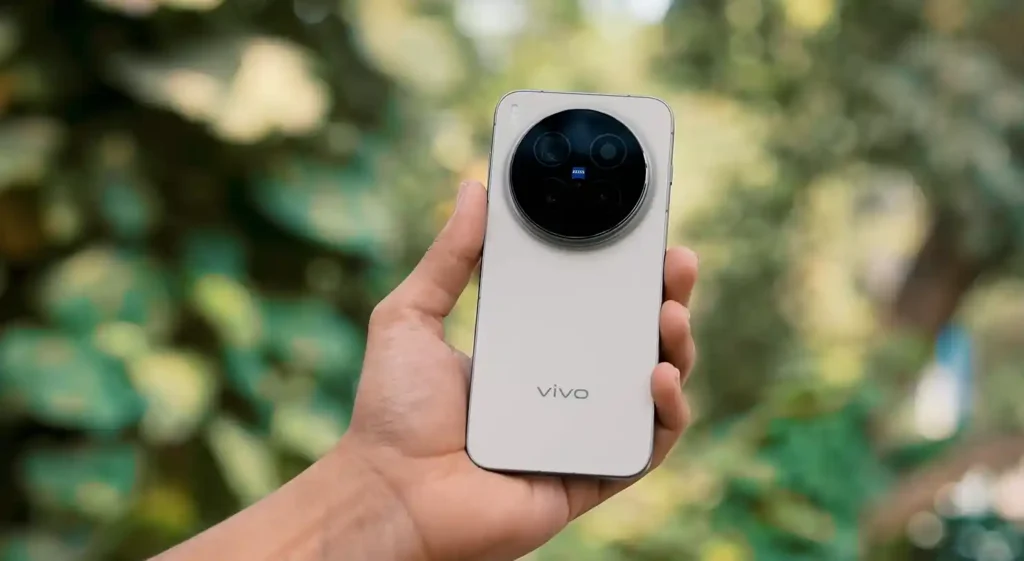
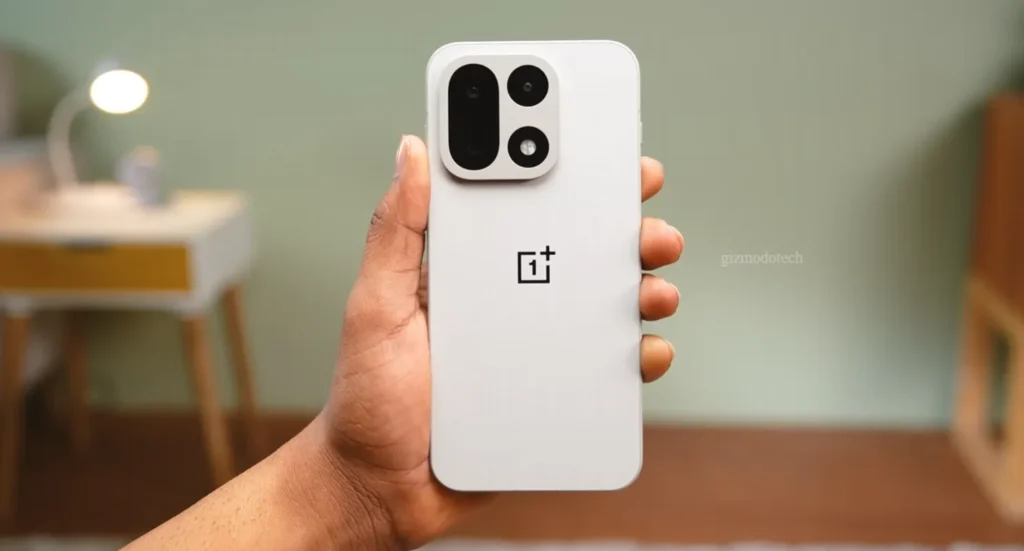
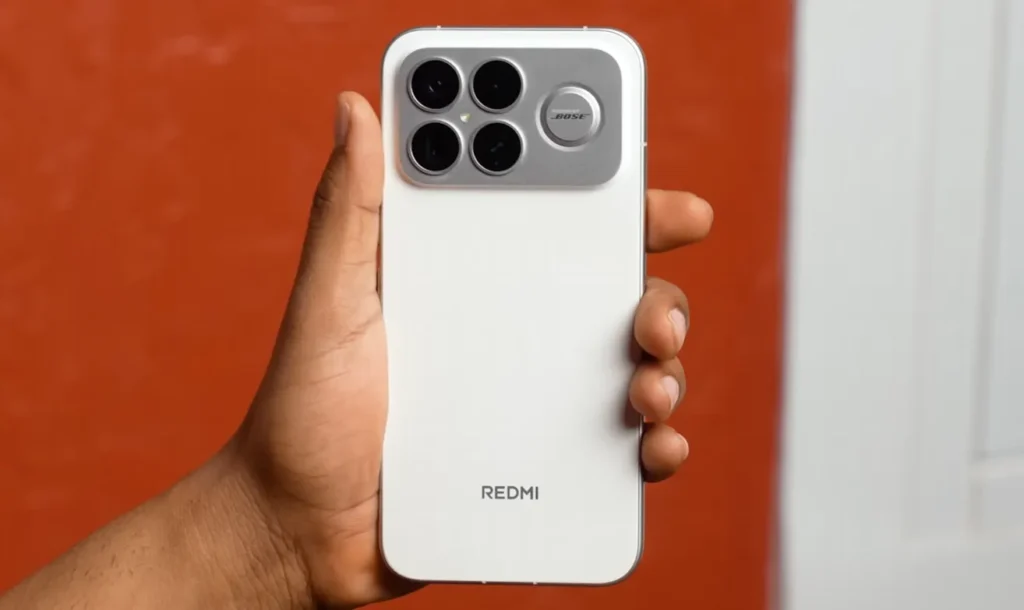


Leave a Comment